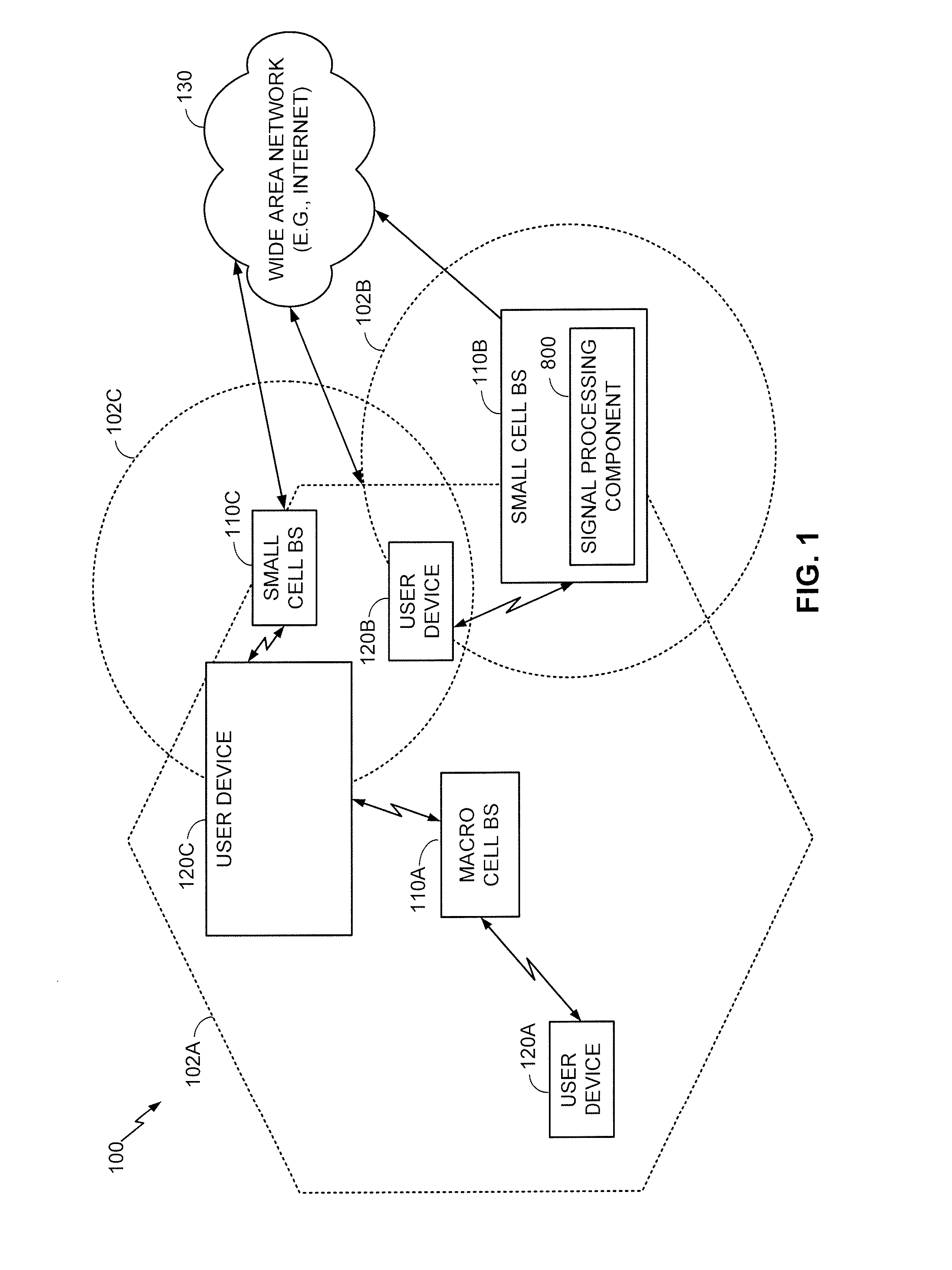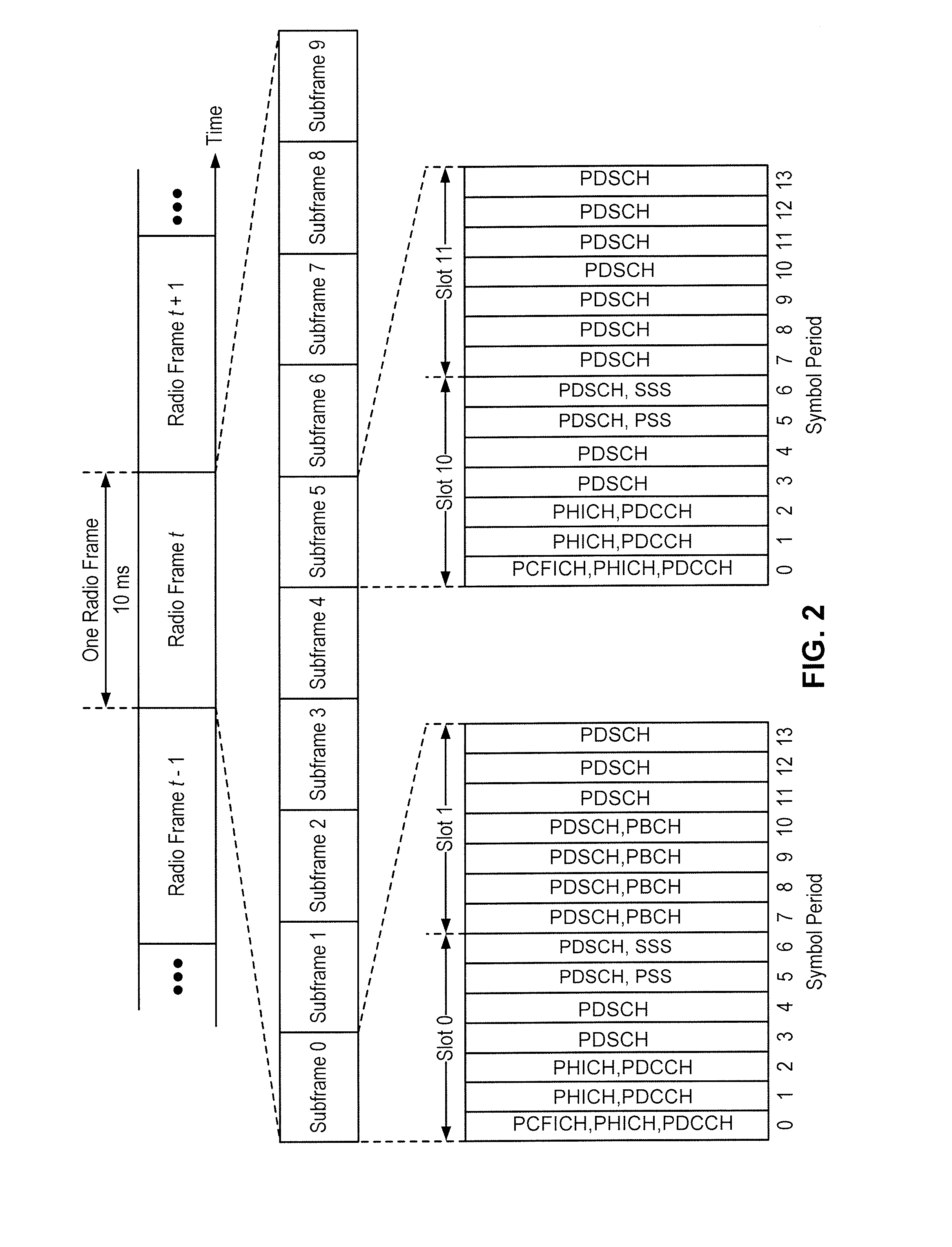Techniques for performing carrier sense adaptive transmission in unlicensed spectrum
a carrier sense adaptive and spectrum technology, applied in the field of telecommunications, can solve the problems of poor user experience, encroachment on operations, and inability to fully accommodate channel characteristics, and achieve the effect of reducing interference between networks
- Summary
- Abstract
- Description
- Claims
- Application Information
AI Technical Summary
Benefits of technology
Problems solved by technology
Method used
Image
Examples
Embodiment Construction
[0030]The detailed description set forth below in connection with the appended drawings is intended as a description of various configurations and is not intended to represent the only configurations in which the concepts described herein may be practiced. The detailed description includes specific details for the purpose of providing a thorough understanding of various concepts. However, it will be apparent to those skilled in the art that these concepts may be practiced without these specific details. In some instances, well known components are shown in block diagram form in order to avoid obscuring such concepts.
[0031]Described herein are various aspects related to performing carrier sense adaptive transmission at a network in an unlicensed spectrum by adjusting a period of time for utilizing certain resources for transmission based on estimating a medium utilization (MU) (e.g., a level of utilization of a communications medium) of at least a portion of the resources by one or m...
PUM
 Login to View More
Login to View More Abstract
Description
Claims
Application Information
 Login to View More
Login to View More - R&D
- Intellectual Property
- Life Sciences
- Materials
- Tech Scout
- Unparalleled Data Quality
- Higher Quality Content
- 60% Fewer Hallucinations
Browse by: Latest US Patents, China's latest patents, Technical Efficacy Thesaurus, Application Domain, Technology Topic, Popular Technical Reports.
© 2025 PatSnap. All rights reserved.Legal|Privacy policy|Modern Slavery Act Transparency Statement|Sitemap|About US| Contact US: help@patsnap.com



